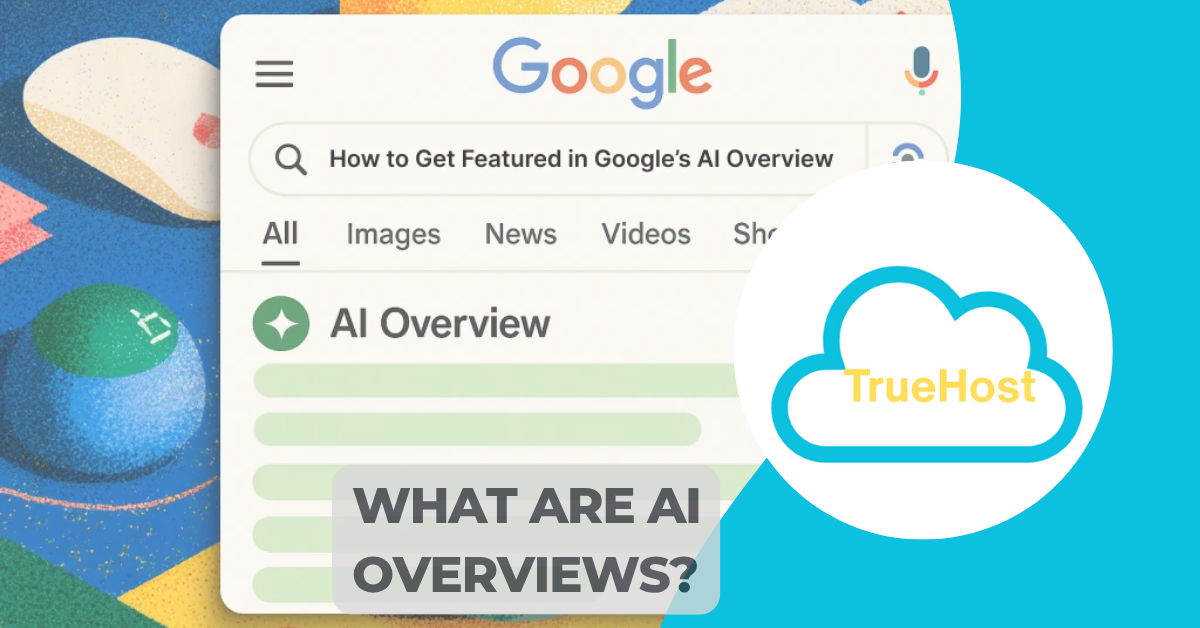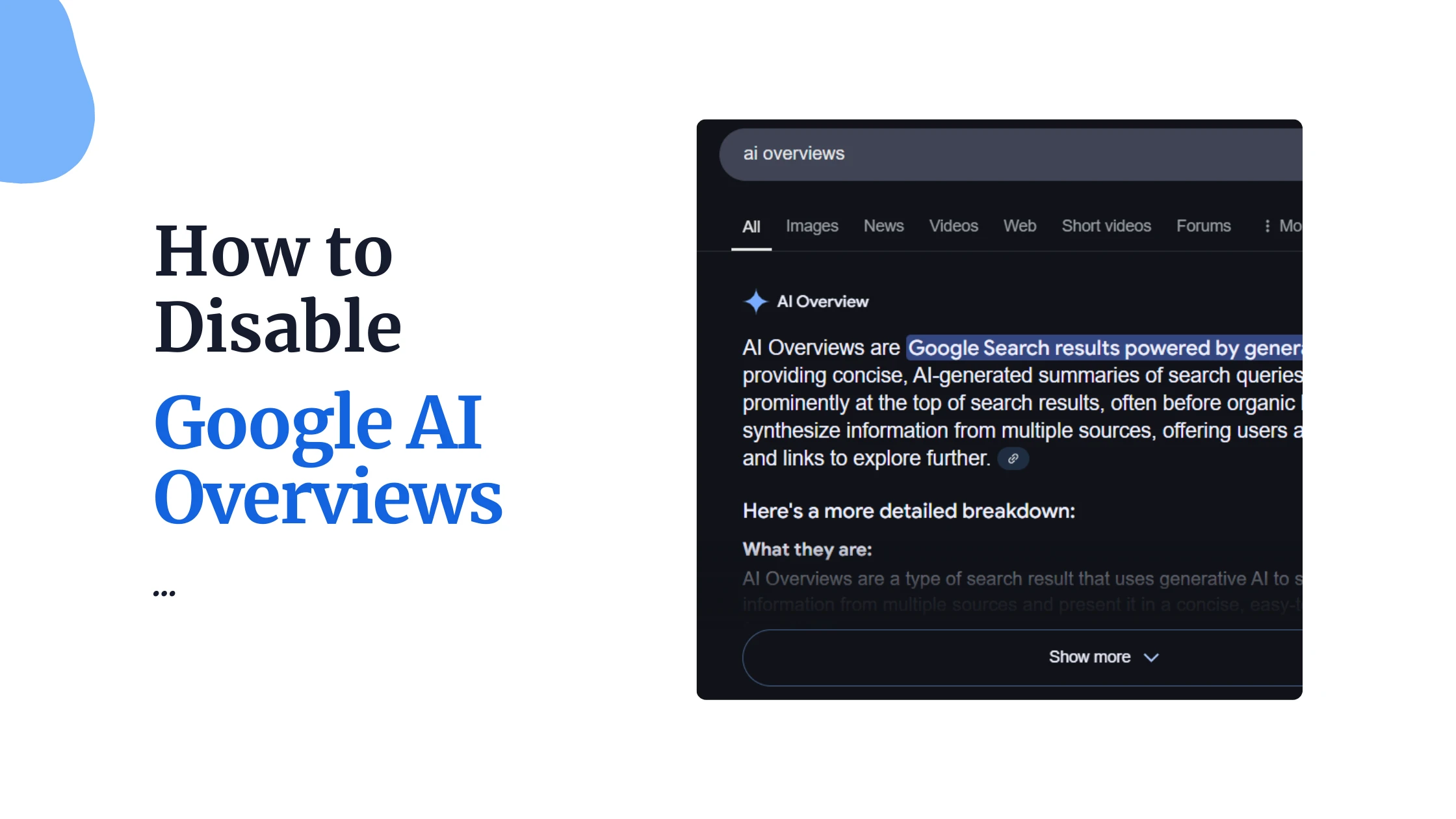The zero trust model is revolutionising how UK businesses approach cybersecurity. With cyber threats hitting record highs, traditional security approaches just aren’t cutting it anymore.
You know what’s alarming? A staggering 81.4% of UK providers rolled out new security measures last year. That’s not coincidence, it’s necessity.
Think about it this way. Your office building has a front door with security. Once someone’s inside, they can wander freely. That’s how old-school cybersecurity worked.
Zero trust says not so fast. It checks everyone, everywhere, all the time.
The UK’s Cybersecurity Wake-Up Call

Britain’s facing a cyber-crisis. The numbers don’t lie.
Cyber Threats Are Skyrocketing
UK businesses lost £21 billion to cybercrime in 2024. That’s more than the GDP of some countries.
Ransomware attacks jumped 41% year-on-year. Phishing attempts? They’ve tripled since 2022.
Here’s what’s keeping UK Chief Information Security Officer (CISOs) awake at night:
- Ransomware gangs targeting NHS trusts and councils
- State-sponsored attacks from hostile nations
- Insider threats from disgruntled employees
- Supply chain vulnerabilities affecting major retailers
Why Traditional Security Is Dead in the Water
Remember when we trusted firewalls? Those days are gone.
Perimeter security assumes bad actors stay outside. But what happens when they’re already in?
Remote work changed everything. Your employees log in from coffee shops, home offices, even holiday destinations. The “castle and moat” approach crumbles.
Modern attackers are patient. They’ll sit inside your network for months. Watching. Learning. Planning.
Zero Trust Model
The zero trust model flips security on its head. Instead of trusting by default, it doubts everything.
Core Principles That Actually Work
“Never trust, always verify” isn’t just a catchy phrase. It’s a survival strategy.
Every user gets treated like a potential threat. Harsh? Maybe. Effective? Absolutely.
The zero trust model operates on three pillars:
| Principle | What It Means | Why It Matters |
|---|---|---|
| Verify Everything | Check identity constantly | Stops compromised accounts |
| Least Privilege | Minimum access needed | Limits damage from breaches |
| Assume Breach | Act like attackers are inside | Faster threat detection |

How Zero Trust Differs From Old-School Security
Traditional security trusts too easily. The zero trust model questions everything.
Old way: “You’re inside our network? Welcome aboard!” New way: “Prove you should be here. Again. And again.”
It’s like having a bouncer at every door, not just the entrance. Annoying for legitimate users? Slightly. Devastating for hackers? Completely.
Building Your UK Zero Trust Arsenal
The zero trust model needs the right tools. Here’s what actually matters.
Encryption That Even Quantum Computers Can’t Crack
Advanced encryption is your first line of defence. We’re talking military-grade stuff here.
End-to-end encryption scrambles data so thoroughly that intercepting it becomes pointless. Even if hackers grab your files, they get digital gibberish.
The UK’s NCSC recommends AES-256 encryption. It’s the same standard protecting government secrets.
Quantum-resistant encryption is already here. Forward-thinking UK businesses are implementing it now, before quantum computers break current standards.
AI-Powered Threat Detection
Artificial intelligence spots patterns humans miss. It’s like having Sherlock Holmes analyse every network packet.
Machine learning algorithms learn your normal behaviour. When something feels off, they sound the alarm.
Real-time threat intelligence feeds update constantly. Your system knows about new threats before they reach your doorstep.
UK-specific threat intelligence sources include:
- NCSC’s Cyber Threat Assessment
- CPNI’s industry briefings
- Regional police cyber units
Authentication That Never Sleeps
The zero trust model demands continuous verification. Not just login—constant proof of identity.
Multi-factor authentication is table stakes now. Biometric scanners, hardware tokens, smartphone apps—layer them up.
User behaviour analytics watches how people work. Different typing speed? Unusual access patterns? The system notices.
Risk-based authentication adjusts security based on context. Logging in from the office? Light verification. From a Bangkok internet café at 3am? Maximum scrutiny.
Implementing Zero Trust in Your UK Organisation
Rolling out the zero trust model isn’t a weekend project. It’s a strategic transformation.
1: Know What You’re Protecting
Start with an honest assessment. What data matters most? Where does it live?
Map your critical assets:
- Customer databases
- Financial records
- Intellectual property
- Employee information
Identify data flows. How does information move through your organisation? Email? Cloud storage? Shared drives?
Budget realistically. The zero trust model requires investment, but data breaches cost more.
2: Choose Your Weapons Wisely
Technology selection makes or breaks your zero trust model implementation.
Essential zero trust tools for UK businesses:
- Identity and Access Management (IAM)
- Single sign-on portals
- Multi-factor authentication
- Privileged access management
- Network Security
- Software-defined perimeters
- Micro-segmentation tools
- Cloud security platforms
- Endpoint Protection
- Advanced antivirus solutions
- Device compliance monitoring
- Mobile device management
Look for UK-based vendors when possible. Local support matters during crises.
3: Train Your People
Technology alone won’t save you. Your people need proper training.
Cybersecurity awareness programs should be engaging, not boring. Interactive simulations work better than PowerPoint presentations.
Regular phishing tests keep employees sharp. But make them learning opportunities, not punishment exercises.
Staying Compliant with UK Zero Trust Regulations
The zero trust model helps meet regulatory requirements. But compliance isn’t automatic.
UK GDPR and Data Protection
The zero trust model naturally supports data protection principles. Continuous verification creates detailed audit trails.
Privacy by design becomes easier when you control every access point. Data minimisation happens naturally with least-privilege access.
Industry-Specific Requirements
Financial services face FCA scrutiny. The zero trust model helps meet operational resilience requirements.
Healthcare organisations must protect patient data. NHS Digital’s security standards align well with zero trust principles.
Government contractors need Cyber Essentials Plus certification. The NCSC framework complements zero trust approaches.
Measuring Your Zero Trust Success
Numbers don’t lie. Track these metrics to prove your zero trust model works.
Key performance indicators:
- Security incident reduction (aim for 60-80% decrease)
- Mean time to detection (target under 24 hours)
- False positive rates (keep below 5%)
- User satisfaction scores (maintain above 4/5)
Cost savings matter too. Calculate prevented breach costs using industry averages. IBM’s Cost of Data Breach Report provides helpful benchmarks.
Regular penetration testing validates your defences. Third-party assessments provide objective feedback.
The Future of UK Cybersecurity
The zero trust model isn’t just trendy—it’s essential for survival.
Cyber threats evolve constantly. State-sponsored groups develop new techniques monthly. Criminal gangs invest in better tools.
Your security must evolve too. The zero trust model provides that adaptability.
British businesses implementing zero trust now gain competitive advantage. They protect customer trust. They avoid regulatory fines. They sleep better at night.
The question isn’t whether you’ll face cyber threats. It’s whether you’ll be ready when they arrive.
Zero trust gives you that readiness. Your customers—and your bottom line—will thank you.







